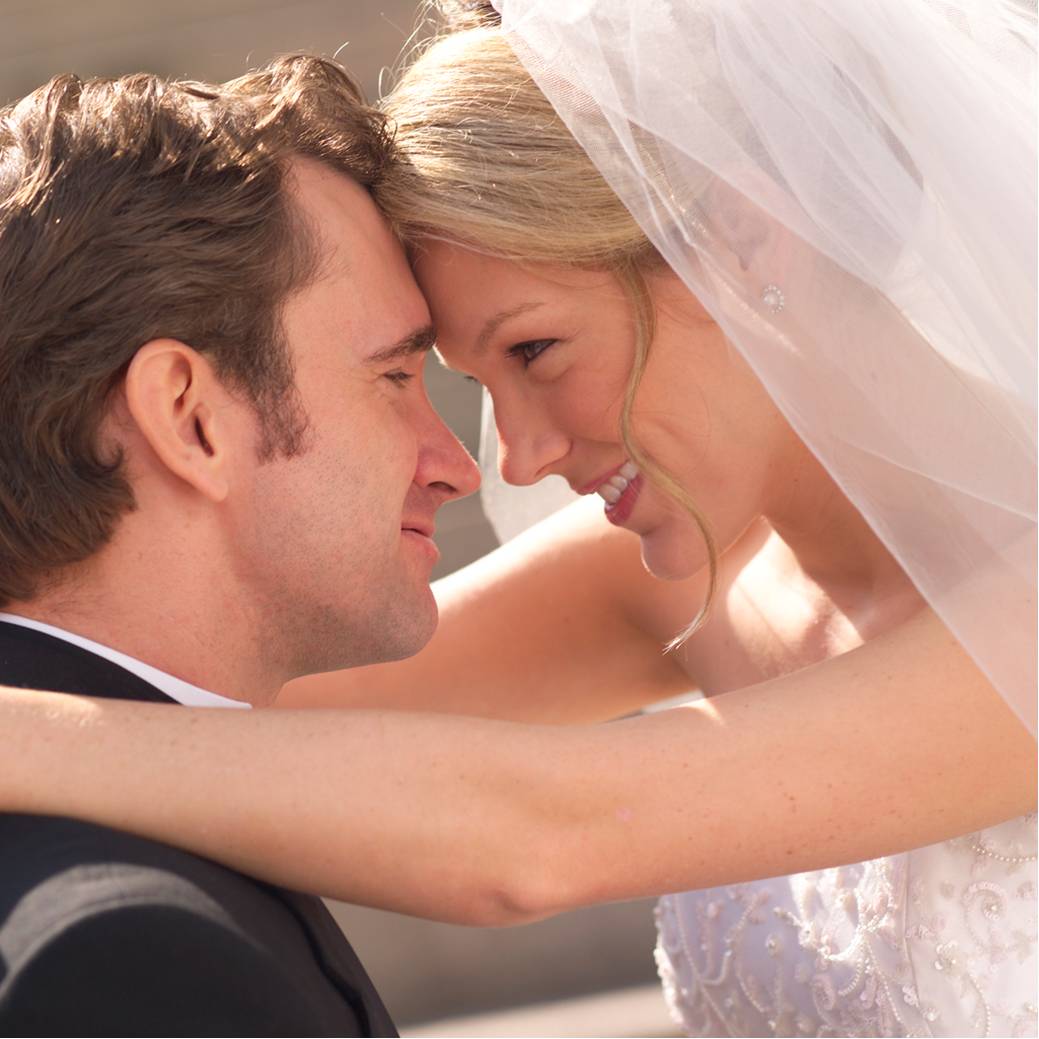Today TGC carries my latest article on marriage. I argue that the recent Supreme Court decision did not change the cultural situation, but did display it with new clarity:
As the court’s decision shows, the movement for same-sex marriage is seamlessly integrated with a cultural narrative that labels the gospel as evil. If that narrative becomes institutionalized, doors and hearts will close against the gospel across America. The Lord will build his church, of course, but part of how he builds his church is through our cultural engagement. In fact, the way we participate in these kinds of debates can itself be a magnificent witness for the gospel. Let’s not lose that opportunity.
In addition to advice about changing our strategy, which you may recall from previous articles, I add a point about treating all disordered desires the same:
We should reorient our thinking to treat all disordered sexuality on the same terms. In the area of sexuality, people with homosexual desires have the same basic problem as everyone else. All of us have disordered sexual desires. Some men desire other men; some men desire women whose bodies have been grotesquely mutilated by plastic surgery. I see no reason to think the former sin is more evil than the latter sin, and I see much reason to think the latter is much more widespread than the former.
Meanwhile, lower courts are already jumping on the opening the Supremes have given them. A federal district court in Ohio says the state is required to recognize same-sex couples as married even though Ohio law says otherwise. The Supreme Court did not require this conclusion, but it laid down a very clear path that lower courts could follow to reach it. They are now doing so.
